PPT-ATM in California ITS Virginia
Author : atomexxon | Published Date : 2020-06-25
June 5 2014 Presented By Dan Lukasik PE Parsons ATM History in California SR14 Parttime HOV SR118 Parttime use of shoulder as HOV lane Freeway to Freeway connector
Presentation Embed Code
Download Presentation
Download Presentation The PPT/PDF document "ATM in California ITS Virginia" is the property of its rightful owner. Permission is granted to download and print the materials on this website for personal, non-commercial use only, and to display it on your personal computer provided you do not modify the materials and that you retain all copyright notices contained in the materials. By downloading content from our website, you accept the terms of this agreement.
ATM in California ITS Virginia: Transcript
Download Rules Of Document
"ATM in California ITS Virginia"The content belongs to its owner. You may download and print it for personal use, without modification, and keep all copyright notices. By downloading, you agree to these terms.
Related Documents

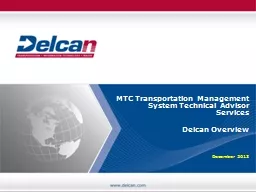




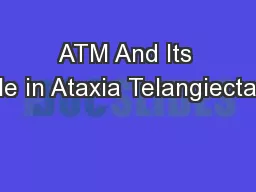



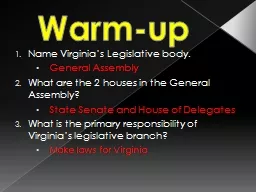
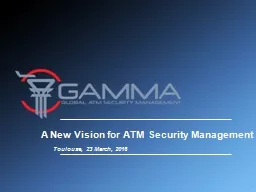

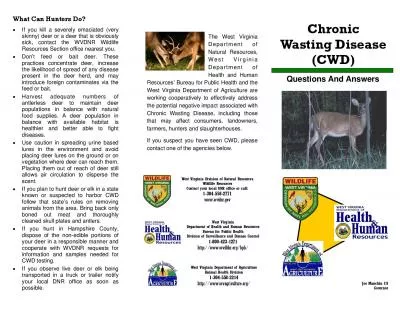
![[PDF READ ONLINE] PELLETB Test Prep California: California POST Exam Study Guide and Practice](https://thumbs.docslides.com/1017695/pdf-read-online-pelletb-test-prep-california-california-post-exam-study-guide-and-practice.jpg)